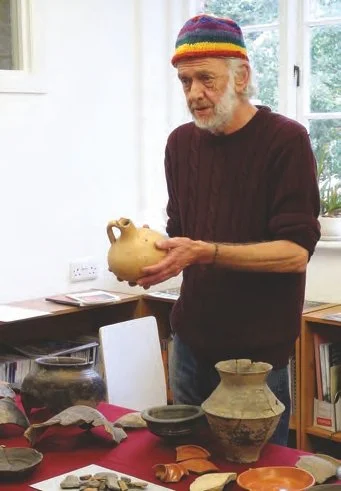
KAS Newsletter, Issue 111, Spring 2019
History and archaeology from medieval gardens to WWII symbols, plus regular updates and reviews.
Search page
Search within this page here, search the collection page or search the website.
Previous
Previous
Allen Grove Local History Fund
Next
Next
















